– Seán Beattie
Hallowe’en was an important marker in the year. Adults and children respected the advent of winter and the change in the year was noted in several ways.
Children dressed up in over-sized clothes belonging to the parents or grandparents and visited every house in the neighbourhood. As such visits were anticipated, most houses had a good supply of apples, nuts and breads ready for distribution. The apples came from the local orchard and every village had its own apple trees which were raided by kids coming from school or after dark. Money was not usually offered but if it was, it would not be refused!
Hallowe’en games included biting the apple suspended from the ceiling, and trying to retrieve sweets from a large basin full of water. Barmbracks were available in local shops and all of them had the ring. The first to find the ring would be married within a year. Some households made their own barmbrack and if no ring was available, a pea was placed in the dough. The person getting the pea would not marry that year. Coins were often used if a ring or pea were not to hand.
In the days before electricity came to rural Ireland, the countryside was a very dark place at night time. Adults were always afraid of the dark but no more so than on Hallowe’en night when the souls of the dead were roaming the countryside. In my own case, I recall my father refusing to walk down the loneen (lane) at Carrowmena to check on livestock in the byre. He was not normally a superstitious person. On one occasion, he actually asked me to accompany him. I don’t recall meeting any ghosts!
If adults were afraid and children played games, older teenagers turned to practical jokes. Gates were lifted on to the rooves of sheds; cattle were often released from byres; hens were left to find their way in the night; carts were overturned. Practical jokers often roamed the countryside wearing white sheets and moaning like the banshee, normally regarded as a warning of an impending death in a household or a locality.
In ancient Ireland, the first of November (Samhain) was marked by our pagan ancestors by religious and festive ceremonials. Fires were lit, games and sports were played on hill-tops. It was also on this day that the Feis (or convention) at Tara was held. Festivities went on for three days after Samhain. All of the customs or practices were rooted in ancient pagan ceremonials. In Raphoe, there is a place called Mullasawny, the hill or summit of Samhain.
Everything changed with the advent of electricity especially after 1957. Street lights chased away the ghosts. Supermarkets supplied apples from faraway places, and nowadays iPads and Netflix provide a different kind of entertainment.
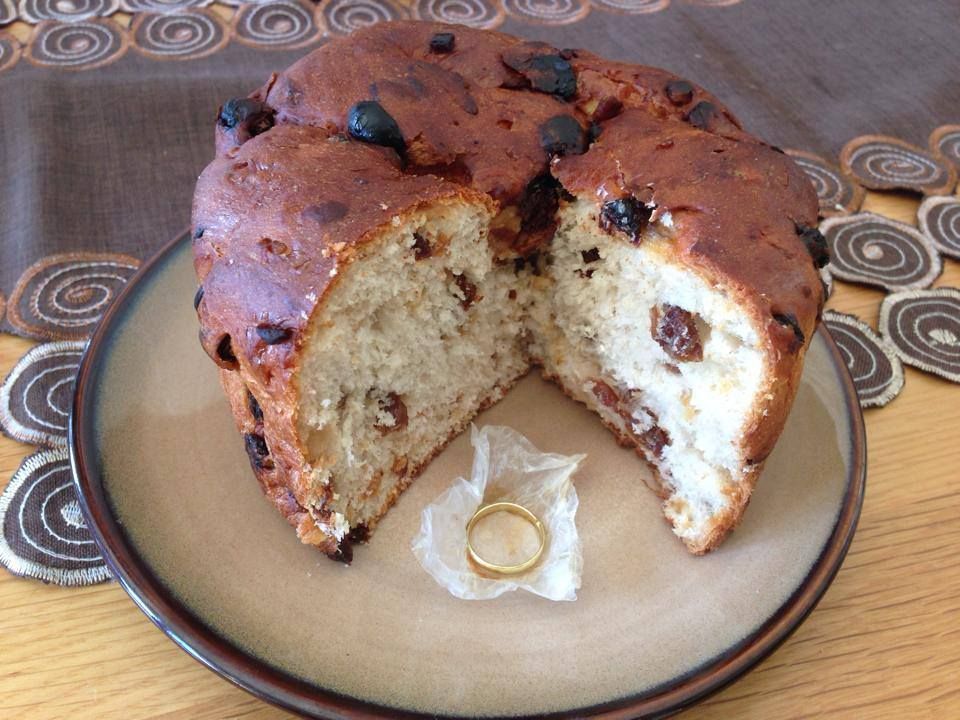

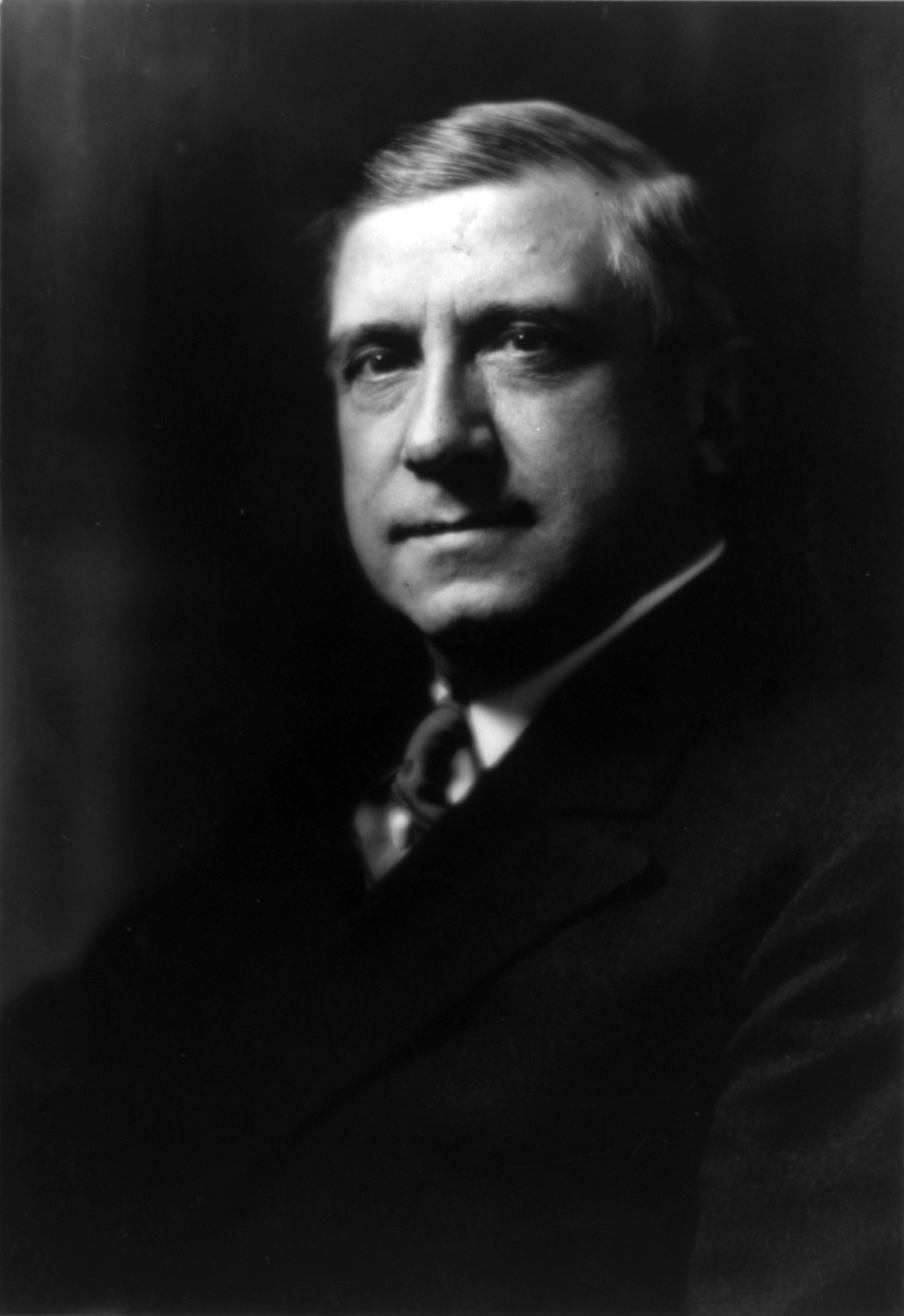
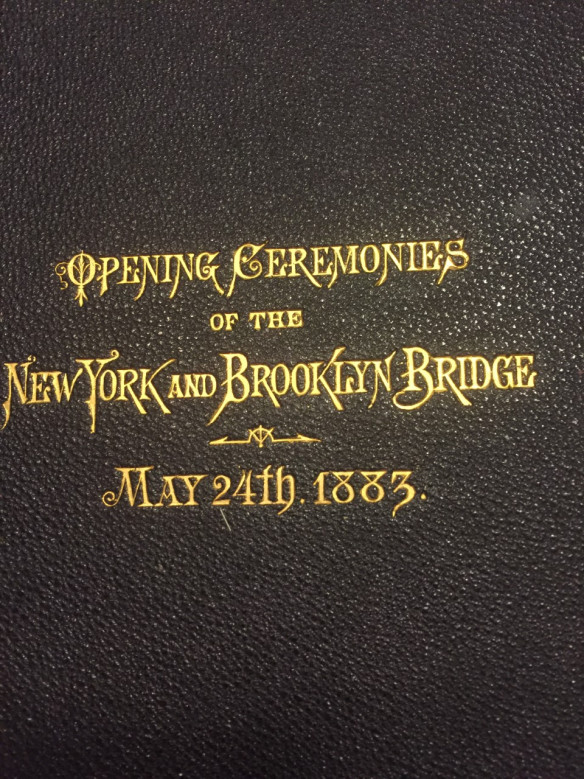

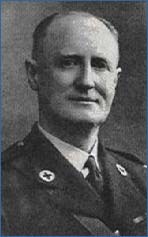
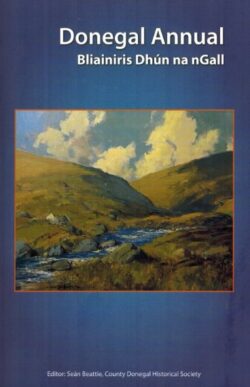
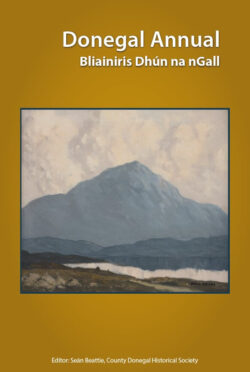
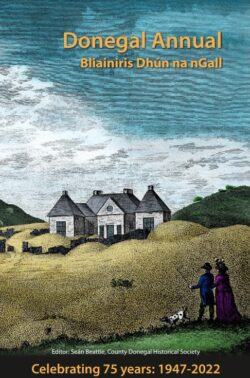
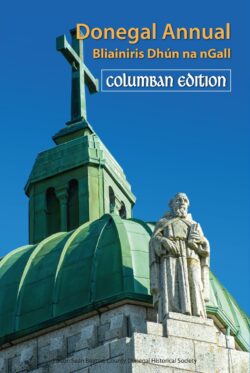
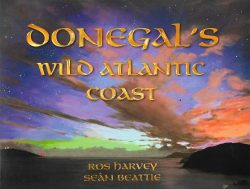
Leave a Reply